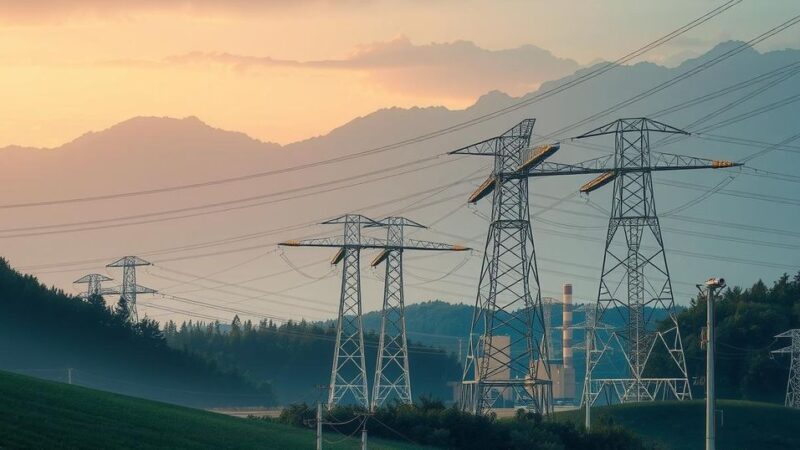China’s establishment of the Ventarrones Observatory in Chile reflects its ambition to enhance strategic influence through space. This facility, part of China’s global surveillance network, comes with restrictions on Chilean collaboration, raising dual-use concerns. Similar patterns in Argentina exemplify the broader implications for local autonomy and the geopolitical balance in Latin America.
China’s venture into the space sector is enhancing its global strategic presence, notably through the establishment of the Ventarrones Observatory in Chile’s Atacama Desert. This facility is part of China’s extensive international astronomical surveillance network, designed to monitor the skies constantly, thereby aligning with Beijing’s national strategic requirements. This initiative underscores China’s aspirations to emerge as a dominant force in space exploration.
The expansion of China’s Ventarrones Observatory raises significant concerns regarding the dual-use of its facilities, which could facilitate military operations under the guise of scientific collaboration. The limitations imposed on local participation and analogous situations in Argentina reinforce fears of local marginalization. As China seeks global influence, it is imperative for affected nations to critically assess these developments to safeguard their sovereignty and strategic interests.
Original Source: dialogo-americas.com






